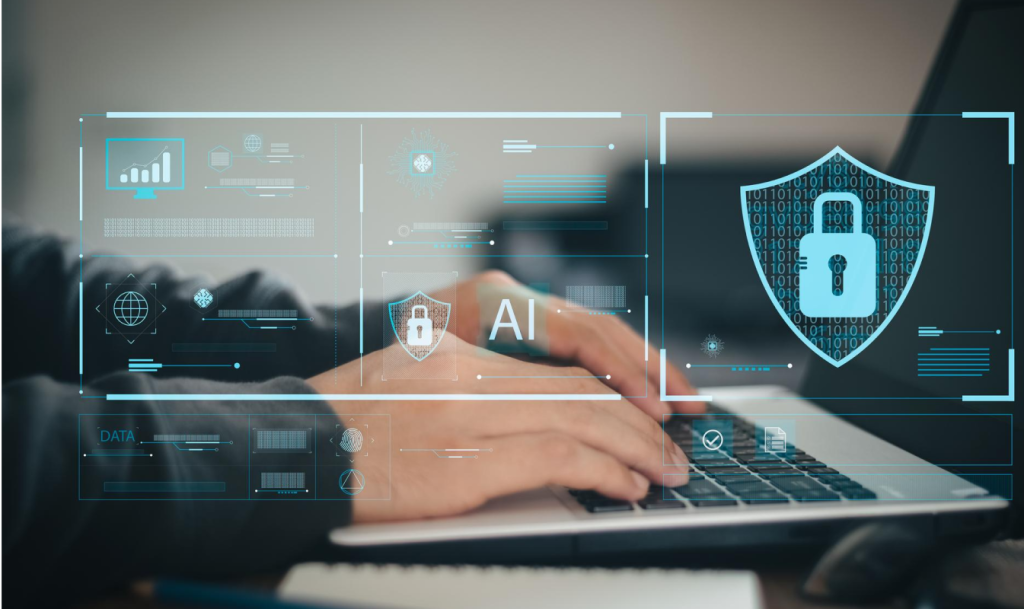Home / Blogs / Machine Learning
The Future of Self-Optimization Models: Trends Shaping the Machine Learning Landscape
- The AI revolution is reshaping the way industries think, operate, and grow. But in today’s fast-evolving digital economy, success isn’t just about adopting artificial learning systems — it’s about deploying intelligent models that continuously improve themselves.Welcome to the era of Self-Optimization Models — where machine learning systems evolve autonomously, optimize performance in real time, and adapt to dynamic environments without constant human intervention. For forward-looking enterprises investing in AI applications development, this paradigm shift is more than an upgrade — it’s a strategic necessity. Whether you’re building predictive analytics platforms, intelligent automation engines, or real-time AI applications for customer engagement, self-optimizing models bring two critical advantages:
- Reduced Operational Overhead: Minimize manual tuning, re-training, and monitoring with models that adapt and correct themselves.
- Maximized Accuracy & Agility: Achieve faster insights and better outcomes with systems that evolve alongside your data and objectives.
From supervised and unsupervised learning to deep machine learning techniques, the integration of self-optimization is setting a new benchmark for high-performance, scalable AI solutions.
Let’s explore how Self-Optimization Models are shaping the future of deep machine learning and what it means for companies aiming to stay ahead of the curve.
Understanding Self-Optimization Models from the Basics
Self-Optimization Models are advanced systems within the artificial learning ecosystem that not only learn from data but optimize themselves continuously without needing constant reconfiguration or manual tuning. They go beyond the traditional cycle of training → validation → deployment and instead evolve in real-time, adapting to data drift, user behavior, and operational conditions autonomously.
These models are increasingly being integrated into AI application development frameworks, allowing businesses to create apps that improve their performance and precision over time—with minimal maintenance.
These models are increasingly being integrated into AI application development frameworks, allowing businesses to create apps that improve their performance and precision over time—with minimal maintenance.
Why is it important for Your Business?
If your organization is investing in AI application development services, here’s what Self-Optimization Models offer:
- Reduced Maintenance Costs: These models self-adjust hyper parameters and workflows without needing manual recalibration—reducing your data science team’s operational burden.
- Faster Time-to-Value: With built-in feedback loops, these models shorten the cycle from deployment to value realization.
- Real-time Adaptability: Markets shift, customers evolve, and so should your AI. Self-optimization ensures your models keep up without starting from scratch.
5 Trends Driving the Rise of Self-Optimization Models
AutoML Meets Reinforcement Learning
Automated Machine Learning (AutoML) is no longer just about automating model selection. When combined with reinforcement learning, Self-Optimization Models can learn optimal strategies by continuously interacting with their environments—making them ideal for AI-driven decision-making engines in fintech, retail, and logistics.
Integration with Low-Code/No-Code AI Platforms
As demand for scalable AI application development grows, low-code platforms are embedding self-optimizing capabilities. Businesses can deploy models without needing in-house AI expertise, yet still enjoy dynamic model tuning and continuous learning.
Federated Learning + Edge AI
Self-optimization is key for Edge AI scenarios like autonomous vehicles or smart devices, where models must learn locally, update quickly, and avoid reliance on centralized data. Coupled with federated learning, models learn collaboratively across devices while maintaining data privacy.
Hybrid Learning Architectures
Next-gen AI systems are blending supervised and unsupervised learning with self-optimization layers. These hybrid models can train on structured labels where available and still extract insights from raw or unlabeled data, maximizing learning efficiency.
Self-Healing Infrastructure in AI Application Development
Incorporating Self-Optimization Models into your AI application development service not only improves prediction accuracy but also allows applications to self-diagnose and correct anomalies, reducing downtime and enhancing reliability.
Real-World Applications and Business Impact
Here’s how self-optimization is already revolutionizing key sectors:
Retail: Dynamic pricing engines that adjust prices in real-time based on competitor data, inventory, and demand elasticity.
- Healthcare: AI diagnostics that self-tune based on regional patient demographics or hospital-specific data variations.
- Manufacturing: Predictive maintenance systems that recalibrate themselves based on new sensor data and failure patterns.
Is your business ready to deploy the next generation of AI? Partner with an expert in AI application development services who can build you adaptive, intelligent, and future-ready systems.
For more details visit : Machine Learning





 +1-3072858699
+1-3072858699